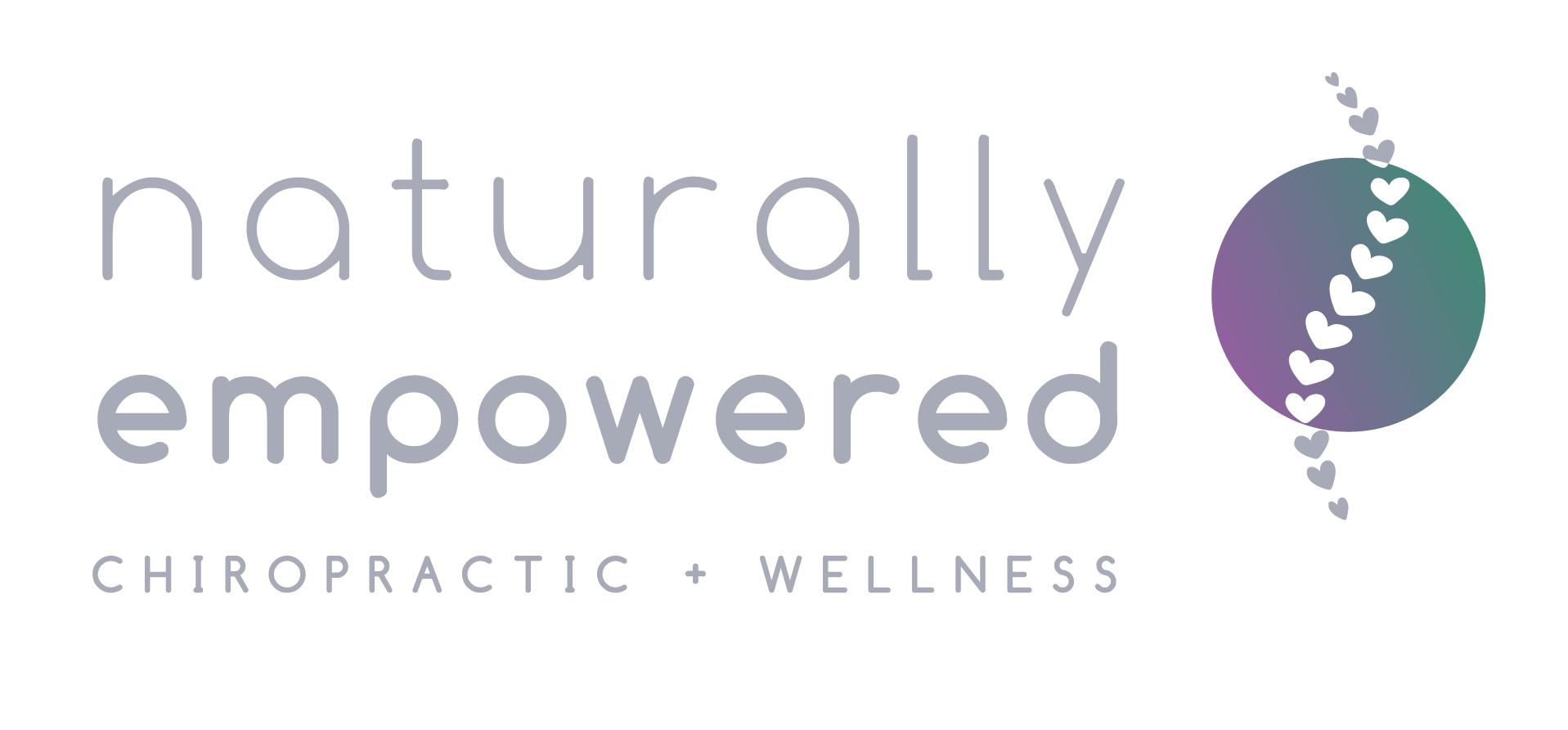Is Your Spine Ski Ready
As we move into 2018, many of us are looking forward to the annual ski holiday. Whilst skiing is an excellent way of enjoying the mountains in the winter, icy conditions, low temperatures and high speeds increase the risk of injuries.
Whilst it’s not possible to totally guarantee no injury to your spine, these tips can certainly help you reduce the risk of injuring or straining your back.
Preparation
As someone who learnt to ski in her 40’s I can certainly vouch for this one.
Skiing is physically demanding. It requires strength and stamina and whether you are physically fit or an armchair athlete for most of the year, it can take a toll on your body.
Ideally you want to build up your strength and your stamina before you hit the slopes. Many gyms can tailor a program specifically for you to prepare you for the slopes. And with the internet, YouTube is a great source of ideas you can do in the home.
The important factors are however the same. You want to focus on core strength, flexibility and balance and make sure your stamina and endurance is high enough to enjoy long days skiing.
Warming up before you ski is also important. Ideally you’ll warm your muscles up before stretching, there may even be a very gentle run close to your hotel where you can warm up your body before tackling the more difficult slopes
Take it Easy on the First Day
For most of us, skiing is an annual event (maybe bi-annual). So it’s easy to be out of shape and out of practice. Start on the easier slopes, building up to more challenging slopes when you feel ready. Don’t be pressurized by friends who may be of a much higher standard than you to attempt runs you are not ready for. And make sure you enjoy it.
Lift Properly
Injuries “don’t just happen”. As always it’s important to lift heavy suitcases and ski equipment correctly. Keep your back straight and bend your knees. Avoid turning or twisting your body whilst lifting heavy objects.
Stretch it Out
It’s important to stretch before and after skiing. Skiing uses muscles that you don’t regularly use and includes movements that are sudden and sporadic. It’s important to relax muscles after skiing and stretching is part of this.
Invest in Good Equipment and Maintain it Well
Make sure all your equipment is of good quality and is the right size for you. The wrong equipment can put extra strain on your body and cause injuries.
Of note, one of our skiing friends lost a lot of weight between seasons and didn’t adjust her skis to take account of this. Due to this her ski’s failed to release when she fell and she ended up with a severe fracture. So if you own your own kit, make sure you get it checked before every holiday so that the settings are right for you.
Know Your Limits
If you’ve not skied for a number of years it is unlikely that your body is going to respond like it did when you were 17. Even if you are a seasoned annual skier, pay attention to what your body is capable of. It’s not about impressing everyone else, it’s about having fun and being able to return to the slopes year after year.
Remember, just like driving, fatigue can lead to poor judgement and mistakes, so listen to your body and take adequate breaks. For me personally, nothing beats a steaming cup of coffee in a mountain top café, enjoying the view.
Talk to your Chiropractor
Getting your spine regularly checked is an important part of spinal health. In our office, Olaf is an experienced skier so if you have ski specific questions we direct you to him as it’s his expertise.
Enjoy your trip.

